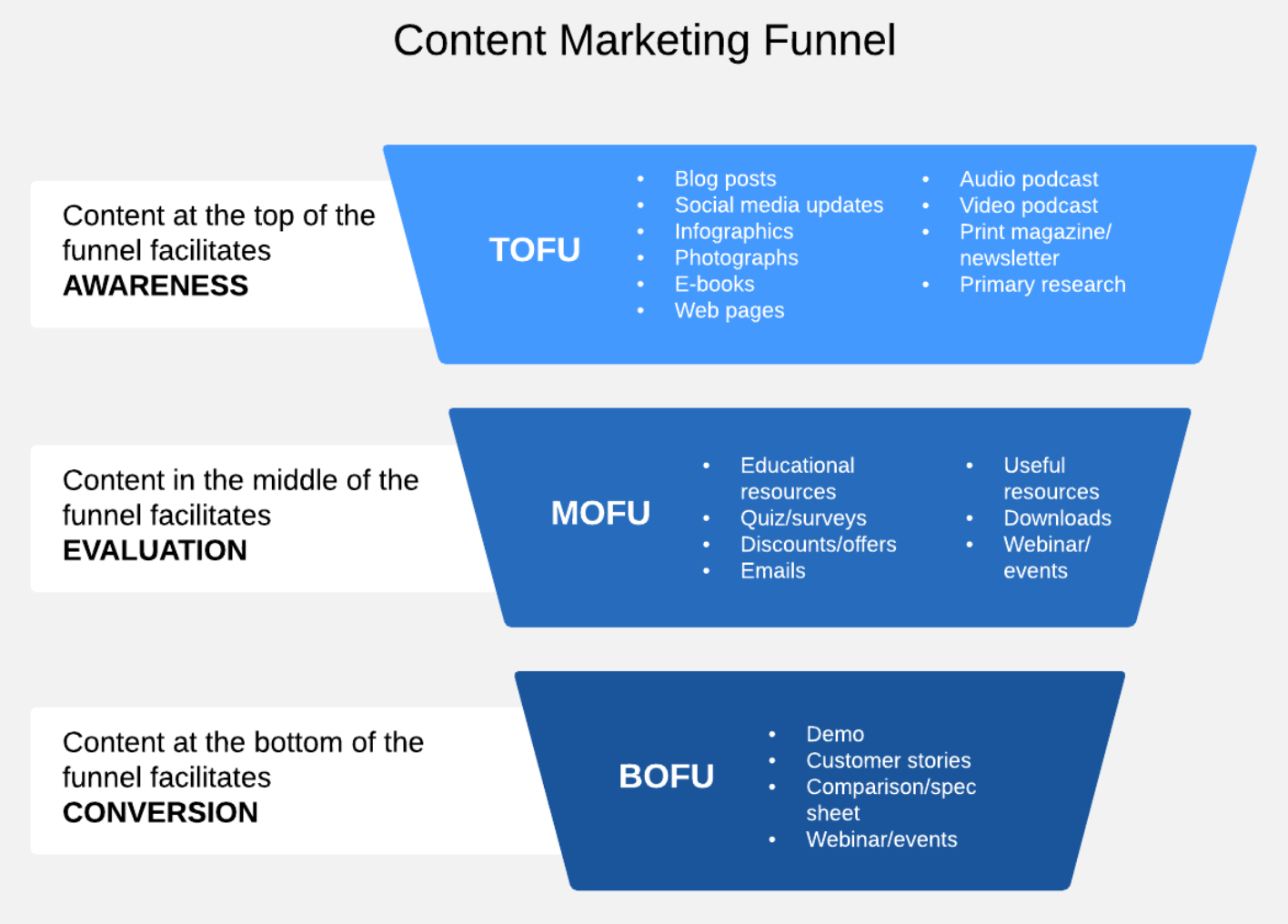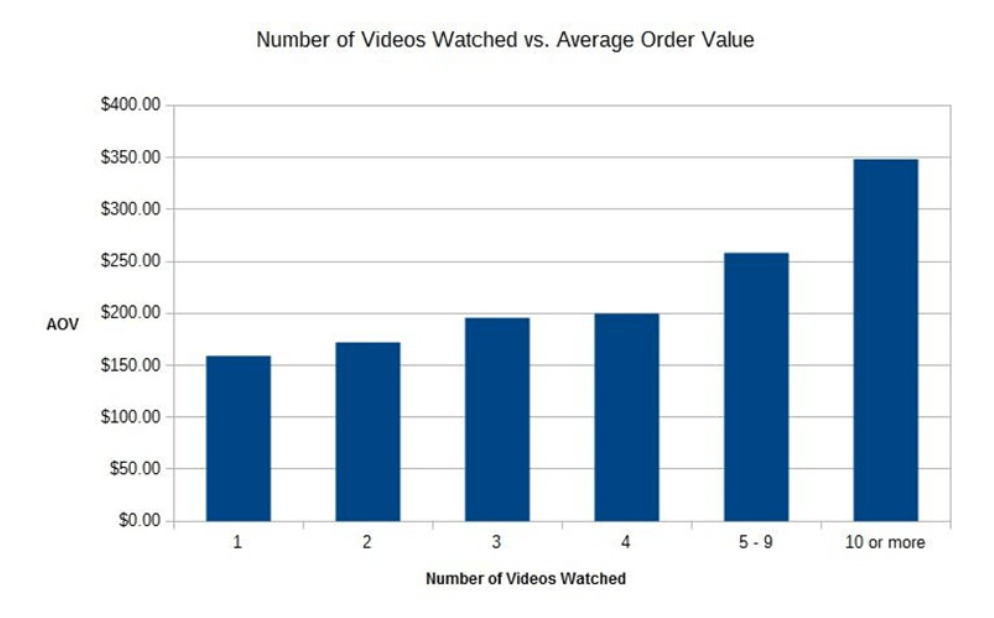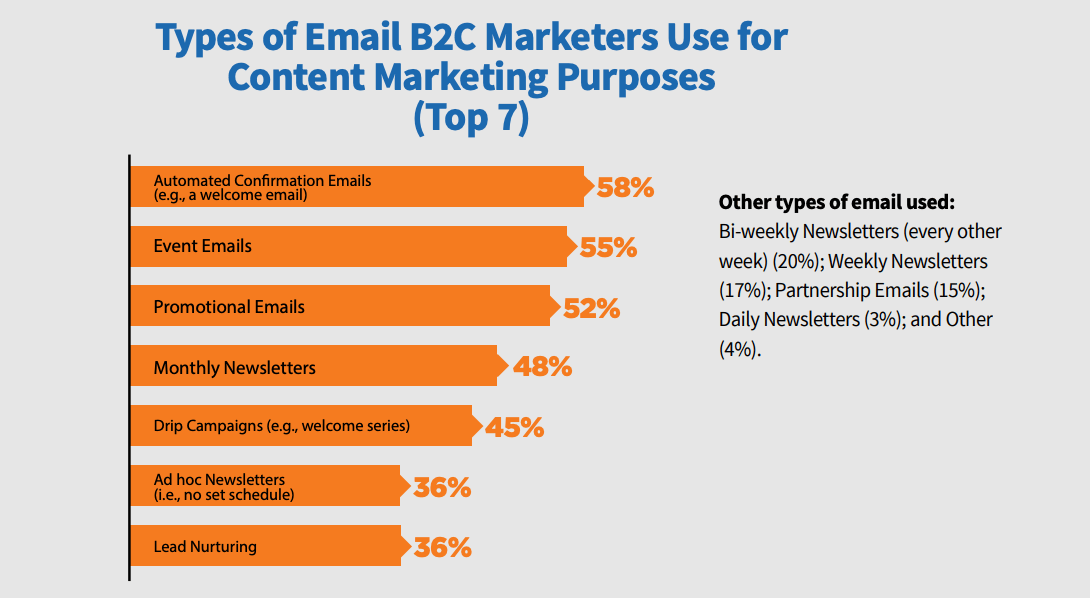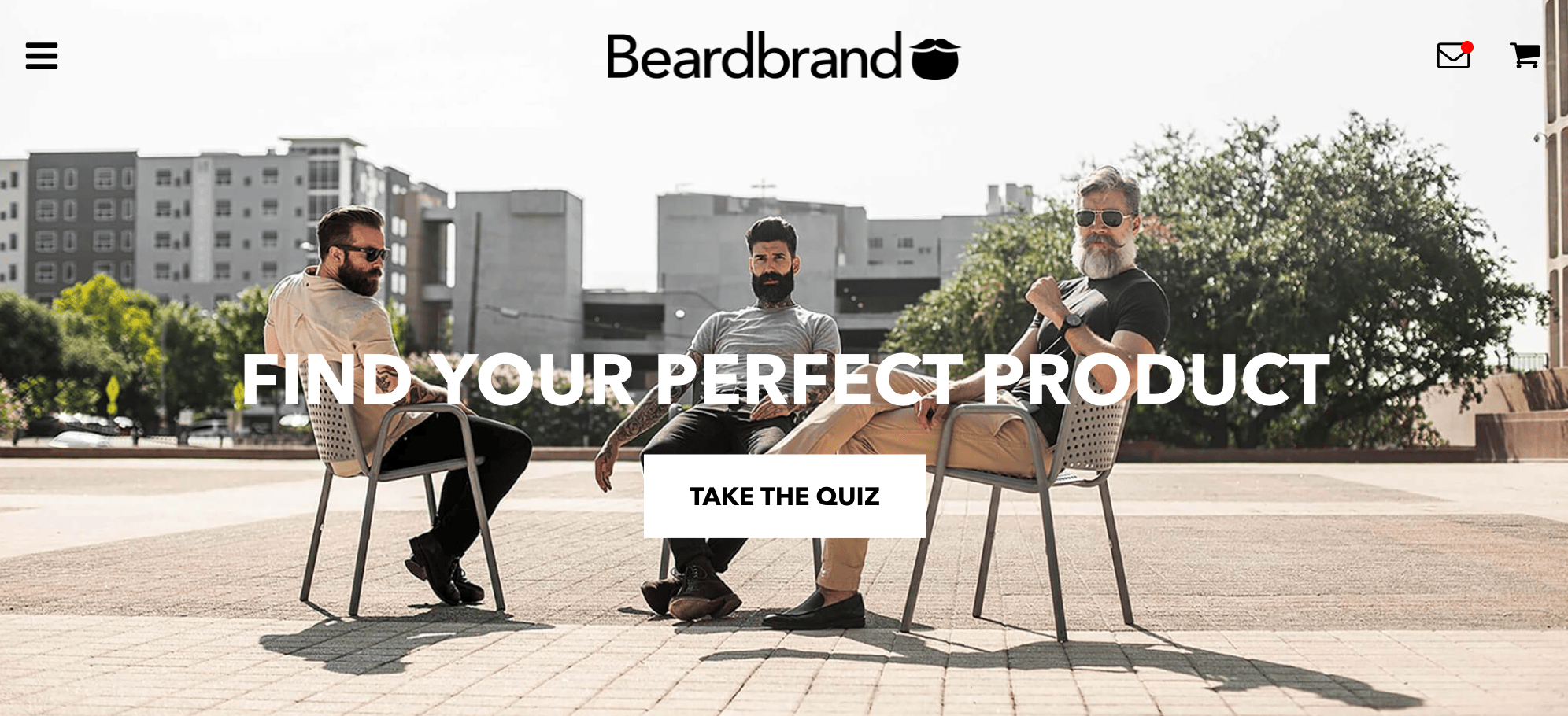Content marketing isn’t just a buzzword—it’s how modern ecommerce brands get discovered, build trust, and turn attention into revenue.
You’ve probably noticed that everyone has a “secret” formula. But most one-size-fits-all advice ignores your business model, margins, and buyer journey. What works for a B2B software blog or a local service company won’t automatically work for an online store.
Here’s the reality: effective content for ecommerce is different by category, audience, and intent. Success comes from pairing useful, experience-led content with a clear path to purchase.
So what exactly is content marketing?
It’s the practice of creating and distributing digital materials—articles, guides, videos, short-form clips, UGC, emails, and on-page product education—that directly or indirectly promote your brand, products, or service in ways buyers actually find helpful.
That definition is broad by design. But to make it drive revenue for an ecommerce site, you need an ecommerce-specific approach anchored in search intent, merchandising, and measurement.
Your content plan shouldn’t mirror a B2B SaaS company, nor a brick-and-mortar retailer that rarely sells online. The audience, channels, and KPIs are different.
We’ve seen countless ecommerce teams get so deep in tactics that they lose sight of what keeps the store alive—conversions. Don’t copy a competitor’s calendar blindly. Build content that earns qualified traffic and guides shoppers toward a purchase.
Everything you publish should connect to revenue—through add-to-cart rate, conversion rate, average order value (AOV), or assisted conversions. That’s the bar.
If a tactic can’t be tied to discovery, trust, or conversion lift, rethink it. The guide below shows a practical, ecommerce-first way to plan and execute content that pays for itself.
We’ll clear up common misconceptions and give you a straightforward framework built for online stores—plus examples you can adapt today.
Ecommerce Content Marketing Process
Before you launch a blog series or queue up videos, build the plan. Your plan should map audience ? channels ? content type ? conversion. That sequence prevents “busy content” that never moves product.
We see this gap all the time when consulting with ecommerce brands.
Teams pitch ambitious calendars, but can’t articulate the “why”: who it’s for, what search or social intent it serves, and where the conversion happens.
Take LinkedIn, for example. It’s excellent for professional audiences and wholesale relationships. But if you’re selling consumer apparel direct-to-consumer, your primary discovery channels are more likely search, TikTok/Instagram, YouTube, and email/SMS—unless your product is inherently professional.
The fix is planning in the right order. Follow these three steps—without skipping or shuffling them.
Step #1: Identify Your Target Audience
This sounds basic, but many stores can’t answer it crisply. Define the buyer you’re creating for and the problem your product solves right now.
Clarity here drives everything: topics, formats, channels, offers, and CTAs. Vague audiences lead to vague content—and poor conversions.
Without a precise audience, you won’t know what to make or where to promote it.
- Age & life stage (e.g., high school athlete vs. new parent)
- Gender (only if relevant to the product/category)
- Location & seasonality (shipping zones, climate, local events)
- Likes/interests (sports, aesthetics, communities, creators)
- Dislikes/pain points (fit, durability, price sensitivity, returns)
- Habits & channels (search queries, social platforms, email/SMS)
Those are the minimums. Defining your target market is foundational, but you’ll likely narrow further by campaign. A “sports” audience is too broad to be useful.
For instance, “people who play sports” lumps together high school softball players and mid-career golfers. They differ in goals, budgets, and channels—so your content should, too.
Step #2: Learn Their Online Habits
Content marketing lives where your buyers already spend time. Once you define the audience, map where they search and scroll.
Identify the actual watering holes: search keywords and SERP features (organic, Shopping, video carousels), communities (Reddit, Discord, Facebook Groups), creators they trust, and social formats they prefer (Reels, Shorts, TikTok, long-form YouTube).
Social platforms are powerful distribution channels, but each is used differently by the same person. What they do with friends isn’t always how they shop.
Broad demographic stats can mislead your channel choices. Platform popularity doesn’t equal brand engagement.
Research like Gen Z social media preference studies has repeatedly shown that people use some apps mainly for friends and self-expression, and others to follow brands and discover products. Treat those behaviors differently.
If you sell gear to high school softball players, don’t assume “youth platform = best ad channel.” Validate with your own data: Which posts earn saves, clicks, and checkouts? Which creators drive qualified traffic? Which search terms convert?
Avoid channel assumptions. Some networks skew professional (e.g., LinkedIn), some are entertainment-first, and some are intent-rich (search). Your mix should reflect where buyers research, compare, and commit.
Step #3: Create and Distribute Content
Only after you know who you’re targeting and where they are should you build content. Otherwise, you risk shipping assets nobody sees—or that attract the wrong traffic.
Match format to channel and intent. If your audience consumes how-to content on YouTube and Reels while searching comparison keywords in Google, don’t spend 90% of your time on text-only blogs.
Also tailor content to the buyer’s stage in the marketing funnel.

Use the funnel as a starting point for topic ideas, then validate with search volume, click potential, and on-site conversion data.
Some shoppers need awareness content (inspiration, problem education). Others want side-by-side comparisons or proof (tests, reviews, UGC) before buying. Give each group what it needs to move forward.
Stay disciplined on the order: audience ? behavior ? content. Mixing the sequence leads to lower ROI.
Types of Ecommerce Content Marketing
With the strategy in place, choose formats that fit your audience and channels. You don’t need every tactic—just the ones that reach your buyer and support a purchase.
Pick based on intent and distribution. Then measure by revenue impact, not vanity metrics.
Blogging
Blog content remains a reliable engine for SEO and discovery—when it’s built around real experience and search intent. Think product education, buying advice, comparisons, care/maintenance, sizing/fit, and use-case stories that tie naturally to your catalog.
You can also scale lead generation through blogging by interlinking to relevant products, category pages, and lead captures—without turning every paragraph into a pitch.
Let’s look at REI—a top online seller for outdoor gear and apparel. Their content mixes hands-on advice (fit, safety, techniques) with trip ideas and gear education that naturally points to products.
Shoppers searching for technique tips, packing lists, or gear recommendations can land on these posts—even if they’ve never heard of the brand before.
In competitive categories, you can’t rely on direct visits alone. Use helpful content to meet new buyers at the exact questions they’re asking.
Well-designed posts also convert. Clear CTAs, contextual product callouts, comparison tables, and internal links turn helpful reading into shopping.
The best posts balance usefulness and merchandising. Don’t stuff links everywhere; place helpful, high-intent links where readers naturally need them.
Pro tips: add author bylines with expertise, include original photos or test results, show updated dates when you refresh a piece, and use structured data where appropriate (FAQ, HowTo) to increase visibility.
Original Photos
Online shoppers can’t touch your products. High-quality original imagery reduces uncertainty and returns—and boosts conversion.
Capture multiple angles, scale references, materials up close, and in-use scenarios. Show real people using the product. Where relevant, include size/fit on different body types or configurations for complex items.
Repurpose these assets everywhere: product pages, buying guides, emails, and social. Add descriptive alt text for accessibility and discovery, and use modern formats (e.g., WebP) and compression to keep pages fast.
Shoppable posts on visual platforms work well when your audience is active there. Validate with performance data before scaling.
Video Content
Video shows what photos can’t: movement, scale, sound, setup, and real-world performance. It consistently improves product understanding and purchase confidence.
As retailers adopt video across PDPs, short-form social, and YouTube, buyers increasingly expect it. Use a mix: short clips for quick answers, and longer segments for deeper comparisons or tutorials.

When shoppers watch product videos, average order values and conversion rates often rise—especially for complex or high-consideration items.
Publish once, distribute widely: embed on product pages and buying guides, clip to Reels/Shorts/TikTok, and include in lifecycle emails.
Useful formats include:
- “How to” videos
- Product demonstrations
- Brand advertisements
- Interviews
- Animations
- Live video broadcasts
Start with the buyer’s questions, not production value. Clarity beats polish. Add captions, chapters, and a clear CTA.
Product Buying Guides
Buying guides are mid-funnel workhorses. They attract shoppers actively evaluating options and help them decide fast—on your site.
Unlike broad blog posts, guides speak directly to a decision: “Which one should I buy?” Use comparison tables, must-know specs, sizing/fit charts, pros/cons, and real-world tests.
Blog content is typically top-of-funnel (awareness). Guides are middle-of-funnel (evaluation). Both matter—but guides should include strong CTAs (add-to-cart, compare, chat), in-stock indicators, and links to accessories.
Answer objections proactively (warranty, returns, compatibility). The goal is confidence.
Email Marketing
Email isn’t ecommerce-specific, but it’s uniquely powerful for stores because you can tie content to browsing and purchase behavior.
Lifecycle programs to prioritize: welcome/new subscriber education, browse and cart abandonment, post-purchase care and cross-sell, repeat purchase/reorder reminders, and win-back. Use dynamic content to tailor recommendations.

Transactional flows are a perfect place to add helpful content and tasteful merchandising—without feeling spammy.
Any time someone buys, you have a relevant, expected reason to email a short drip related to that order.
- Order confirmation
- Shipping notification
- Package delivered
- Follow up
That’s four value-packed touchpoints. Add care tips, setup videos, and “what to expect next.” Then layer a courteous review request or UGC prompt.
Use these messages to drive the next best action. Offer complementary products, restock reminders, or accessories that improve outcomes.
If someone buys a surfboard, suggest fins, leashes, and wetsuit options. If they buy workout shorts, recommend tops that match, care guides, and a bundle discount.
Customer Stories
Social proof moves buyers across the finish line. Tell real customer stories in multiple formats and place them where decisions happen.
- Reviews
- Testimonials
- Case studies
Text, photos, video, and blog features all work. Surface them on product pages, category pages, and dedicated landing pages. Share highlights on social and email.
In the funnel framework, customer stories are bottom-of-funnel. Show unfiltered photos, verified badges, dates, and use-case details to increase credibility.
When shoppers are close to buying, seeing people like them succeed with your product is often the nudge they need.
Interactive Content
Interactive tools personalize the path to purchase and reduce friction. Quizzes, fit finders, calculators (e.g., coverage, sizing), AR try-ons, and product builders help shoppers choose with confidence.
Here’s an example from the Beardbrand website.

Instead of pushing a generic “buy now,” the homepage invites shoppers to take a quick quiz to find products tailored to their beard type and goals.
This kind of guided selling boosts confidence and reduces returns because choices are matched to individual needs.
Conclusion
There’s plenty of noise about content marketing. For ecommerce, keep it specific to how your buyers actually shop and decide.
Follow this simple process—every time:
- Identify your audience and their current intent (problem, use case, budget).
- Find where they research and engage online (search queries, SERP features, creators, communities).
- Create the right content for those channels and distribute it with clear, measurable CTAs.
When you work in that order, everything else gets easier. Keep your focus on content that improves discovery, builds trust, and, ultimately, drives conversions.
Use the examples above as inspiration, adapt them to your audience, and keep iterating based on what actually moves shoppers to buy.
